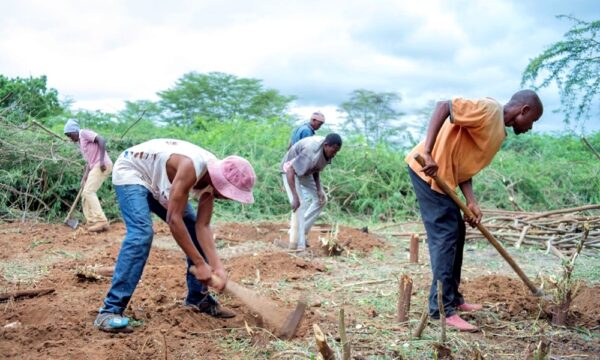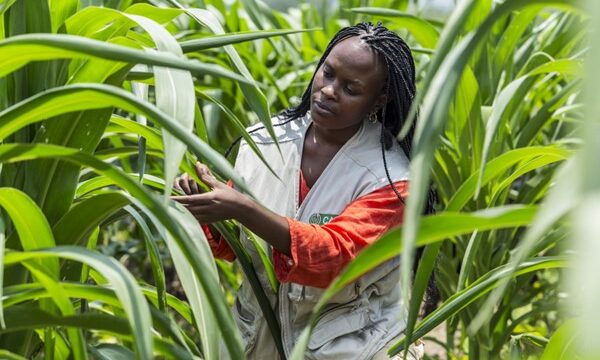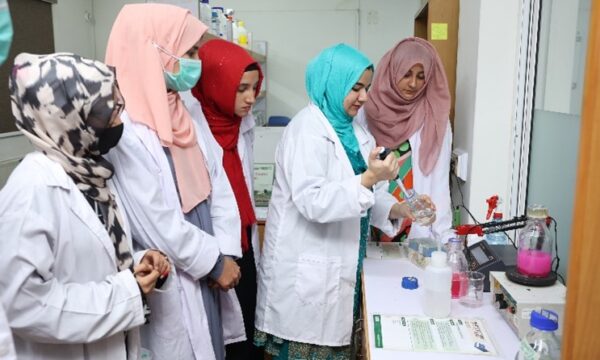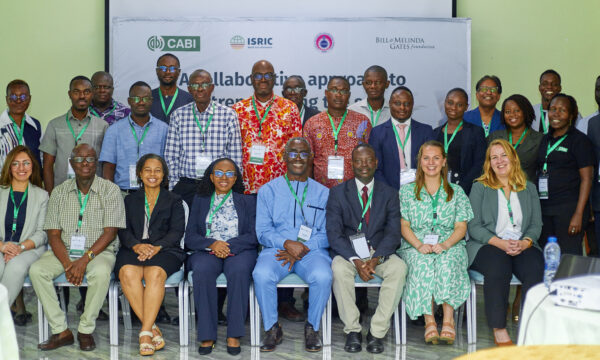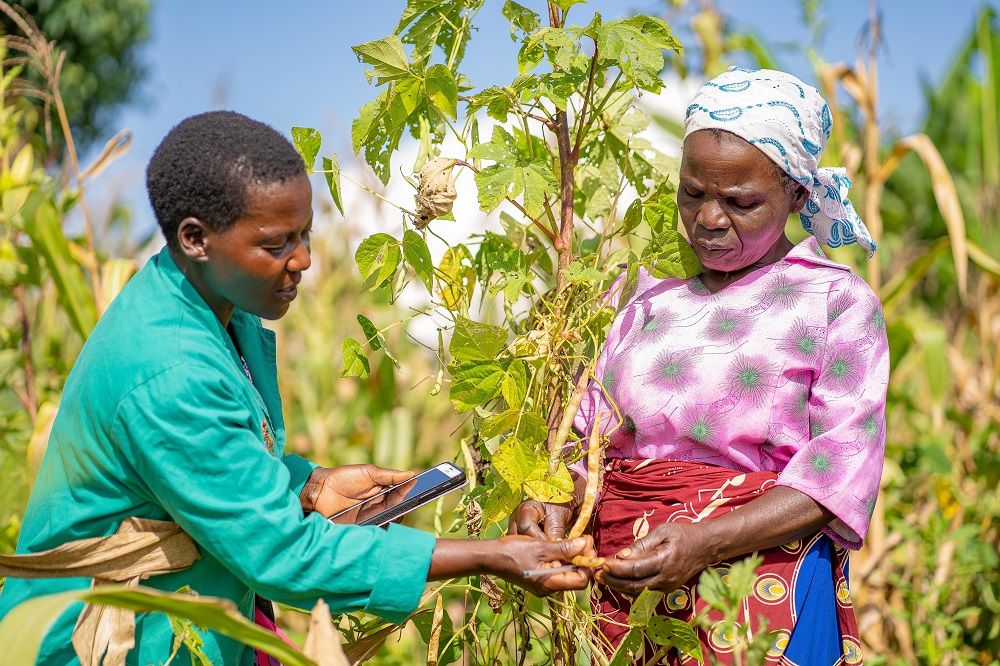
Global plant disease outbreaks are increasing, threatening the food security of vulnerable people in many parts of the world, writes Wayne Coles, PR Manager, CABI. A nutritious and stable food supply can help lift them out of poverty and improve their health. However, the spread of plant diseases, exacerbated by climate change and the global pandemic, potentially impede this goal. Plant disease surveillance is essential for limiting future outbreaks and protecting the global food supply.
These are the findings of a paper, The persistent threat of emerging plant disease pandemics to global food security, recently published in Proceedings of the National Academy of Sciences. CABI researchers Patricia Neenan and Cambria Finegold contributed to the paper.
Plant disease pandemics, like human disease pandemics, do not respect national borders and boundaries. Left unchecked, they can spread rapidly. The research reveals that tackling global challenges will require a new set of tools, including disease surveillance, improved detection technologies, such as pathogen sensors, and predictive modelling and data analytics to prevent future outbreaks.
Patricia Neenan, Head of Strategic Partnerships, Americas at CABI says: “Knowledge sharing about plant pandemics and crop health has never been more important. Like human diseases, plant diseases can spread rapidly around the globe, devastating the lives of millions – often vulnerable people who rely on agriculture for their food security and incomes. Early detection is a critical step in preventing plant pandemics and investing in interconnected surveillance is essential. This paper helps to highlight not only that need but also how we can make it happen.”
Cambria Finegold, Global Director, Digital Development at CABI says: “In an increasingly unpredictable environment, it is essential that we coordinate and put place surveillance measures to understand and address the spread of plant pests and diseases. Reactive and uncoordinated information sharing limits our ability to support vulnerable people living in rural communities who rely on farming for their livelihoods. Programmes and projects such as Plantwise and the Pest Risk Information Service (PRISE) can help us to predict and respond to crises and pandemics in the countries that are most at risk.”

Jean Ristaino, William Neal Reynolds Distinguished Professor of Plant Pathology at North Carolina State University and lead author of the paper, said the idea is to “detect these plant disease outbreak sources early and stop the spread before it becomes a pandemic.” She commented that once an epidemic occurs, it is difficult to control; we might compare the effort to that undertaken to stop the spread of COVID-19.
Certain crop diseases are under global surveillance, such as wheat rust and late blight in potatoes (the pathogen that caused the Irish famine). However, crop monitoring is not always routine, and diseases can fall under the radar.
The paper notes that the soil-based fungal pathogen, Fusarium oxysporum f. sp. cubense tropical race 4 (TR4,) that causes Panama disease in Cavendish bananas threatens to reduce their availability in some areas of the world. This cultivar of banana has no resistance to TR4, so subsistence banana farmers and banana plantations in Africa and Asia alike are under threat.
Concerning coffee, certain regions of Central America experienced yield losses of more than 50% due to recent rust fungus outbreaks. The paper reports that over 400,000 coffee workers lost their livelihoods in El Salvador, Guatemala and Honduras, leading to hunger, poverty and increased migration.
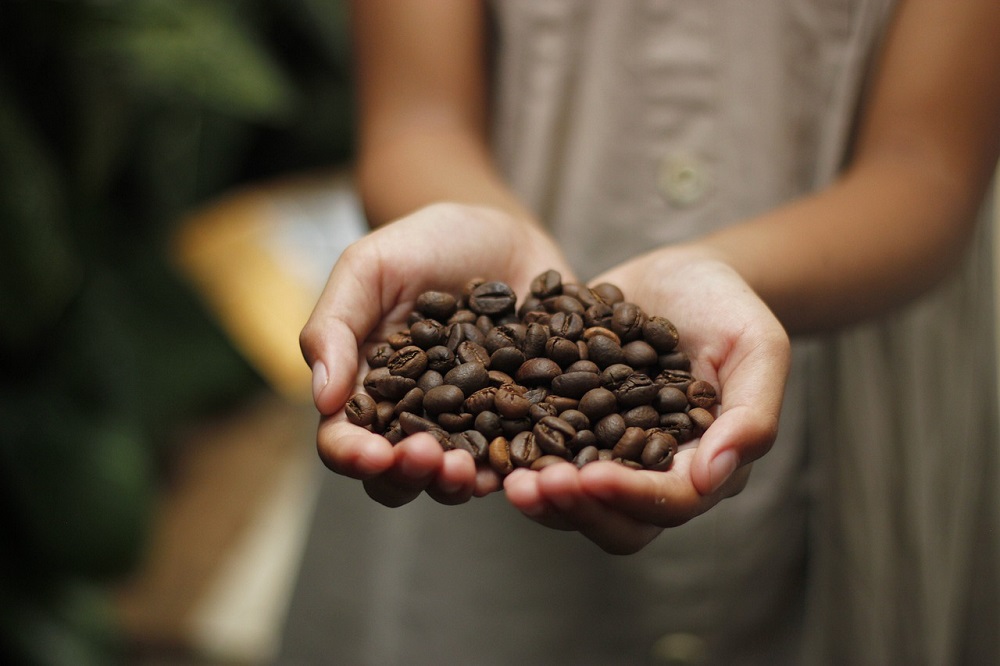
Ristaino says: “There are a few existing surveillance networks, but they need to be connected and funded by intergovernmental agencies and expanded to global surveillance systems. We can improve disease monitoring using electronic sensors that can help rapidly detect and then track emerging plant pathogens.”
To create these systems, experts from many different disciplines must work together – crop disease specialists, crop scientists, data analysts, economists, engineers, extensionists, geneticists, geographers, statisticians and, of course, farmers themselves.
The paper highlights how researchers are modelling the risk of the spread of plant diseases, helping to predict and, ultimately, prevent outbreaks. We can use mitigation strategies to help to pinpoint and stop plant pandemics; modelling and forecasting disease spread are critical elements of this.
The CABI-led PRISE project is an example of this. Plant pathogens and plant pests, such as insects and mites, are estimated to cause around a 40% loss. They not only impact food security but also impede supply chains and international trade. A Pest Risk Information SErvice (PRISE) aims to address the problem by using data to help farmers manage pests and diseases in up to five countries in sub-Saharan Africa.
The project, which uses a novel combination of earth observation technology, real-time field observations and plant-pest lifecycle modelling, has already helped farmers address the invasive crop pest, fall armyworm, in sub-Saharan Africa. PRISE has delivered a pest alert service with over 60% of participants reporting a change in farming practises as a result by predicting the timing of the most effective and efficient control against pests.
The CABI-led Plantwise programme has also helped to address the rapid spread of plant pests and diseases through the establishment of local plant clinics staffed by trained plant doctors where smallholder farmers can gain practical plant health advice. To date, the programme has reached over 54 million people in over 30 countries around the world.
Moving forward, global challenges such as climate change and the COVID-19 pandemic will make addressing plant pest and disease outbreaks more difficult. Climate change and drought in Saharan Africa have affected the spread of locusts, which devastate crops further south in sub-Saharan Africa. The COVID-19 pandemic, and the subsequent need for social distancing, has adversely affected smallholders’ ability to farm and address outbreaks.
We must make a connection between human health and plant health and learn from pandemics. An integrated research agenda including improved plant disease detection systems and predictive plant disease modelling at the global scale could help mitigate future plant disease pandemics and help to solve the broader global challenges such as food security and poverty in rural farming communities.
Additional information
For more information about CABI’s work to mitigate the spread of plant pests and diseases, see our work on crop health, digital development and invasive species.
Full paper reference:
The Persistent Threat of Emerging Plant Disease Pandemics to Global Food Security
Authors: Jean B. Ristaino, Pamela Anderson, Dan Bebber, Kate A. Brauman, Nik J. Cunniffe, Nina Fedoroff, Cambria Finegold, Karen A. Garrett, Christopher A. Gilligan, Christopher Jones, Michael Martin, Graham K. MacDonald, Patricia Neenan, Angela Records, David Schmale, Laura Tateosian, Qingshan Wei
Published: May 17, 2021 in Proceedings of the National Academy of Sciences
Related News & Blogs
Strengthening the potato value chain in the Kurdistan Region of Iraq
On 30th May, we marked the International Day of Potato. In this blog, CABI’s Crop Health Advisor Anna Wood provides an update on a five-year project led by CABI to strengthen the potato value chain in the Kurdistan Region of Iraq. An ambitious five-yea…
3 June 2025

